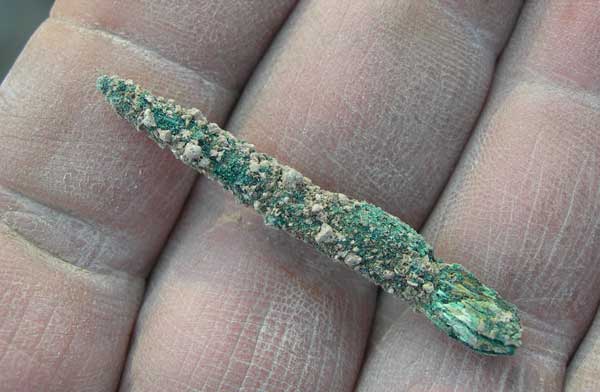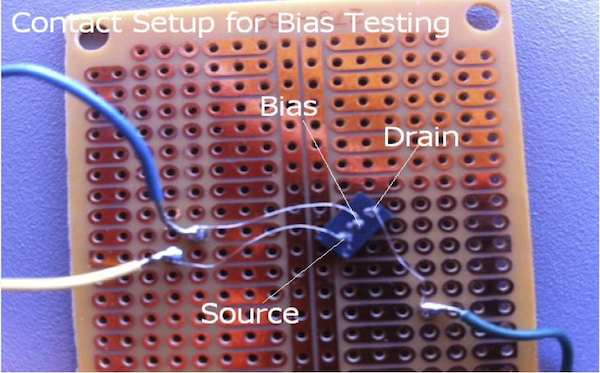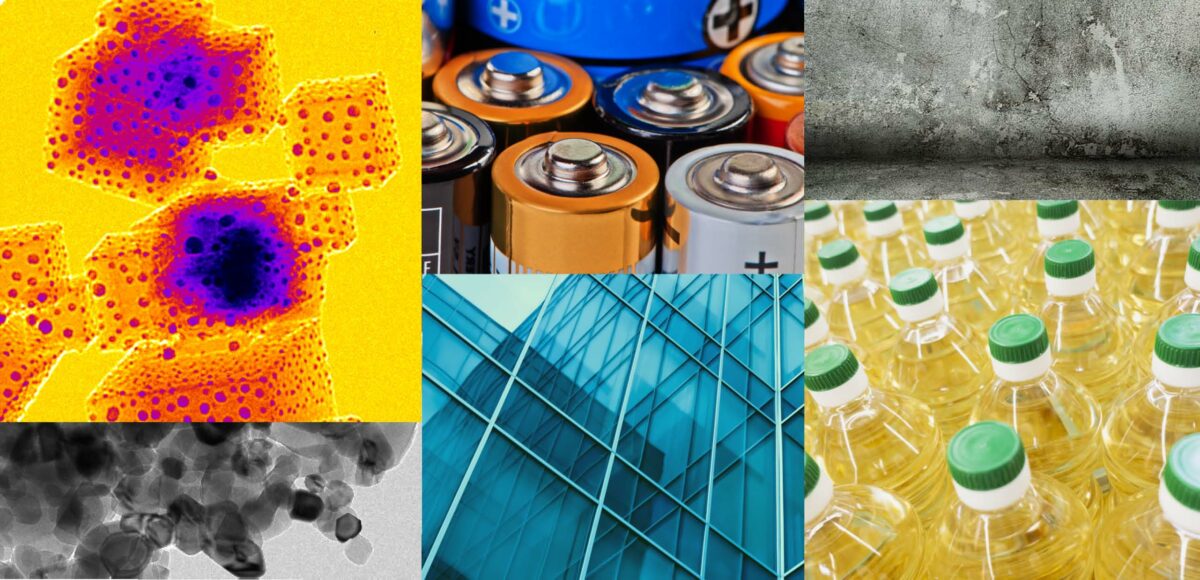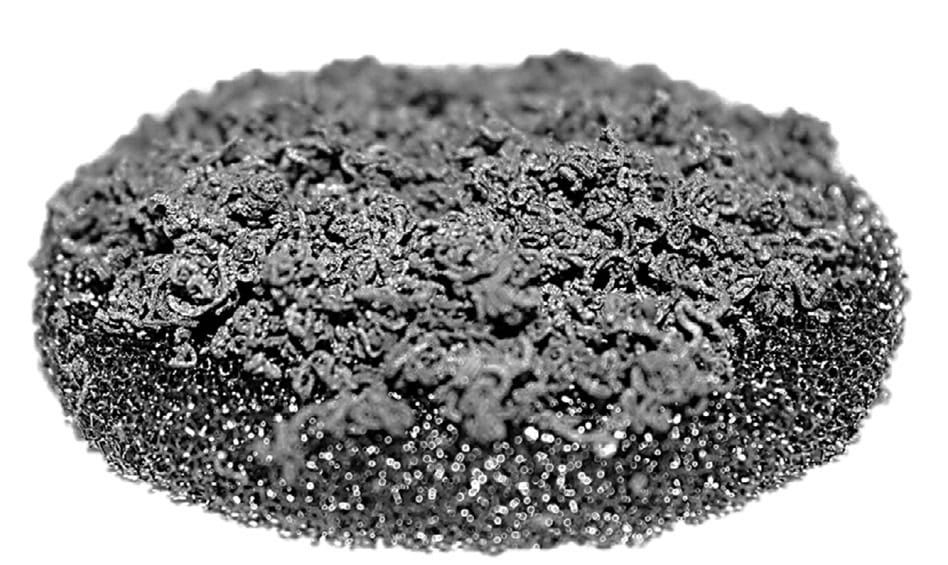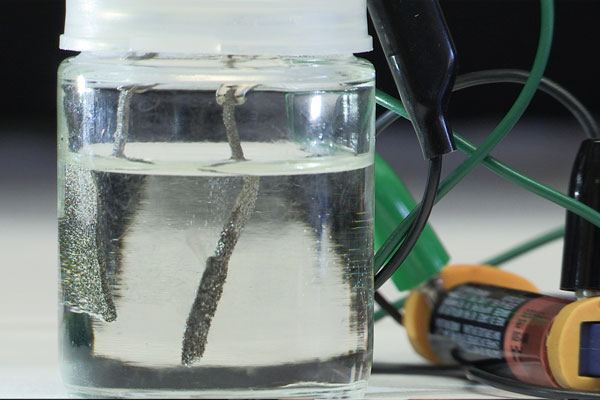Archive for 2014
News from the glass and refractory ceramics world
News from the glass and refractory ceramics world.
Read MoreMolybdenum disulfide field-effect transistors make supersensitive biosensors
Researchers at the University of California Santa Barbara have fabricated a molybdenum disulfide field-effect transistor—which holds great promise as a single molecule biosensor—that’s 74 times more sensitive than those of graphene.
Read MoreCeramics and glass business news of the week
Ceramics and glass business news of the week for September 12, 2014.
Read More7,000-year-old copper awl reveals secret past of metallurgy in the Middle East
Researchers from the Zinman Institute of Archaeology and the University of Haifa have found that the awl unearthed during a previous excavation at Tel Tsaf, located near the Jordan River, is one of the oldest metal objects found there to date.
Read MoreTexas State researchers discover ‘varistor embedded ceramic transistor’ hybrid devices
Texas State University researchers discover varistor embedded ceramic transistor hybrid devices.
Read MoreOther materials stories that may be of interest
Other materials stories that may be of interest for September 10, 2014.
Read MoreSponge-like material soaks up sunlight, uses it to make steam
A new sponge-like material structure developed by scientists at MIT can soak up the sun—and uses that sunlight to make steam.
Read MoreUnder pressure: A rare glimpse into borosilicate glass transition
Scientists at the University of California, Davis have caught the first-ever glimpse of a borosilicate glass transition under pressure, a finding that may help unlock some of glass’s secrets.
Read MoreNews from the glass and refractory ceramics world
News from the glass and refractory ceramics world.
Read MoreAAA battery-powered water splitter generates clean hydrogen for a clean future
A group of researchers from Stanford is leading a new charge—their simple water splitter only needs a AAA battery and skips the precious metal catalysts present in other splitters, making a cheaper device that shows promise for making a hydrogen future all the more possible.
Read More

